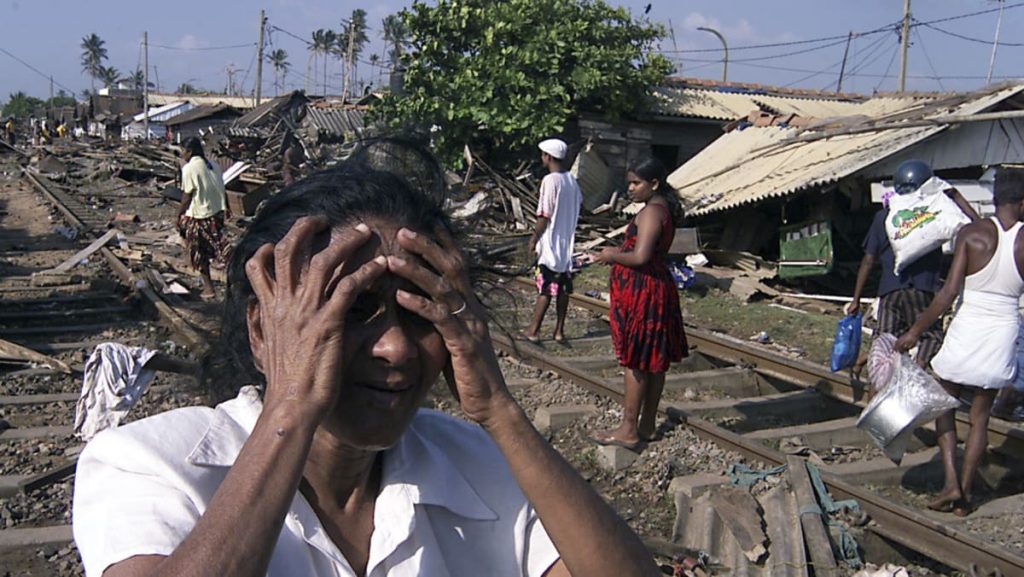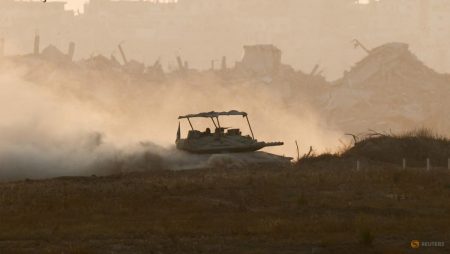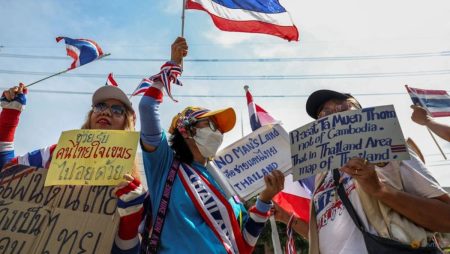The devastating tsunami that struck Sri Lanka in 2004 left an indelible scar on the nation’s landscape and psyche, rendering countless families homeless and displacing communities across the island. The urgent need for post-disaster housing became a paramount concern for the Sri Lankan government, prompting a massive undertaking to provide shelter for those affected. International aid poured in, with various countries contributing to the reconstruction effort. One such project, located in Norochcholai, near a remote sugarcane plantation, became a focal point of controversy, highlighting the complexities of rebuilding in a nation grappling with ethnic tensions and political maneuvering.
The Norochcholai housing complex, comprising 500 houses funded by the Saudi Arabian government, aimed to provide a safe and stable living environment for displaced families. However, the seemingly benevolent initiative became entangled in the web of Sri Lankan politics, specifically the sensitive issue of ethnic representation. A court order halted the distribution of the houses, citing concerns over the demographic makeup of the intended beneficiaries. The Ampara district, where the housing complex is situated, has a predominantly Muslim population. The court ruling mandated that the allocation of houses reflect the overall ethnic ratios of the country, effectively preventing the majority of the homes from going to the local Muslim community. This decision exposed deep fissures within Sri Lankan society, bringing to the fore the challenges of balancing the needs of specific communities with national-level considerations in post-disaster recovery.
The court’s intervention sparked a debate about the criteria for distributing aid in a multi-ethnic nation recovering from a disaster. Should aid be distributed based on the demographics of the affected area, or should it be allocated according to national ethnic proportions? The situation in Norochcholai highlighted the potential for aid distribution to become politicized, raising concerns about fairness, transparency, and the potential for exacerbating existing social divisions. The suspension of the housing project left many families in continued limbo, delaying their return to normalcy and emphasizing the importance of well-defined and equitable aid distribution mechanisms.
After months of uncertainty, Sri Lankan authorities finally issued instructions in October to hand over the houses to the beneficiaries, bringing a semblance of resolution to the protracted dispute. However, the controversy surrounding the Norochcholai housing project illuminated deeper systemic issues within Sri Lanka’s post-disaster recovery framework. The incident underscored the need for careful planning and consideration of the social and cultural context in which aid projects are implemented. Siraj Mashoor, a member of the Akkaraipattu Municipal Council, articulated the importance of recognizing the cultural nuances and potential social impacts of development initiatives. He emphasized the need for transparency and community engagement in the planning process to avoid mistrust and perceptions of bias.
Mashoor’s observation points to a critical aspect of post-disaster recovery, namely the importance of understanding the socio-political landscape in which rebuilding efforts are undertaken. In a nation like Sri Lanka, still grappling with the legacy of civil war and ethnic tensions, sensitivity to the needs and concerns of different communities is paramount. Failing to adequately address these complexities can lead to delays, disputes, and ultimately, a failure to effectively deliver aid to those who need it most. The Norochcholai case serves as a cautionary tale, demonstrating how seemingly well-intentioned projects can become mired in controversy when cultural and political factors are not adequately considered.
The Norochcholai housing project ultimately became a microcosm of the broader challenges faced by Sri Lanka in its post-tsunami recovery. The incident underscored the need for a more nuanced and comprehensive approach to post-disaster housing, one that takes into account not only the physical reconstruction of homes but also the social and political realities of the affected communities. Moving forward, it is crucial for the Sri Lankan government and international aid organizations to implement strategies that prioritize transparency, community participation, and sensitivity to the diverse needs of the nation’s population. Only then can post-disaster recovery efforts truly serve their intended purpose: to rebuild not just homes, but also lives and communities shattered by tragedy.










